Okay, I admit, this is sad. My last post was over a year ago. Since this is a radio blog you may be inclined to think I haven’t been doing radio, or building projects, or
Our Community Emergency Response Team (CERT) has been a big part of things over the last year. As the amateur radio Emergency Coordinator for ARES/AUXCOMM here in Klamath County I am parallel to the CERT Coordinator though most of our active volunteers are involved in both so we have been working on division-of-labor concerns and coordinating activation, reporting, and assignments.
We also had some administrative changes with Emergency Management being reassigned under the Sheriff. So far it seems to be a good move. One thing I just found out about is an asset being transfered to CERT/AUXCOMM. We are getting an old ambulance to build into a mobile radio and CERT response vehicle. We have a trailer, but there are advantages to having a ready to roll vehicle with a giant generator at the front end. The story of this asset will develope over time. We still don’t have a timeframe for the transfer.
Rebuilding the KBARA packet infrastructure took up a lot of time last year. It has been running stable and continuously since my last post with minimal maintenance required. Our mountaintop sites weathered the winter season well and we are working on several new projects that rely in part on this packet infrastructure.
One such project is getting a full-featured Winlink amateur radio gateway up and running. The Civil Defense Communications Auxiliary, more on this in a minute, just installed a packet gateway accessible to much of the county. The gateway is hosted by the Sky Lakes Amateur Radio Association who’s assets are provided by the Sky Lakes Medical Center, relies on the KBARA packet infrastructure, and provides Winlink email access to the entire emergency communications community and the ham community in parts of northern California and southern Oregon. A great cooperative effort that benefits a lot of people.
The project is not completed this is just the first stage. Next up is adding HF access, and
CDCA is one of my big projects. It was set up as a 501(c)(3) non-profit the Civil Defense Communications Auxiliary. Its purpose is to provide material and training support. The Sky Lakes Gateway Project is a good start. Many more projects too come.
Volunteer Examiner sessions have been sparse with only one session per quarter. I miss doing them more frequently.
One of the things I spent a lot of time on this year was getting authorized as an ARRL emergency communications Field Instructor and Field Examiner. This is primarily for ARES which has been going through a lot of changes this year. I recently qualified as a mentor/instructor for the ARRL’s online training for the EC-001 Introduction to Emergency Communications course. I have signed up to mentor for the first four two-month class cycles of the new program and am looking forward to the experience.
ARES/AUXCOMM is a big topic. The state of Oregon recognizes the ARRL’s Amateur Radio Emergency Service program statewide. Some counties have opted for other organizations like ACES or autonomous organizational structures like AUXCOMM. Within the county, Klamath has an AUXCOMM team but it is at the same time an ARES team. As I mentioned earlier CERT is also a big part of the mix because of the extensive crossover in personnel and assets. This
After time and energy in both, I have turned focus to the Training Manual by creating a training matrix, then developing a program to meet the modular elements on the grid. Eventually, all of this will be written into a manual. From the Training Manual, the Operations Manual containing only procedural elements. When device specific or asset specific operations that require a check-out will point to the TM in an appendix. Once I get the base manuals written I will post them. This is a long-term project.
I still participate in the Nation Traffic System as a local net manager, Net Control Station, and participate in state and regional nets. 80 meters has been crappy over the winter so I have not been able to participate as much as I’d like. This has also curtailed a lot of my general HF operations, and limited Winlink radio access.
The poor propagation and a harsh reality exposed by the Fall SET (Simulated Emergency Test) was a major prompt to get a local packet and HF gateway, as well as up our game on the tech for the gateway.
One of the things I have been doing more of, particularly recently, is equipment R&R. I have a growing pile of radio gear to go through and reset, repair, document, determine what it is, or combine with other bits for operation. I love doing this but I have little bench space or time to dig into some of these projects, but I will find the time.
I ended my last post with “try not to wait four months”…
~Jon KK6GXG

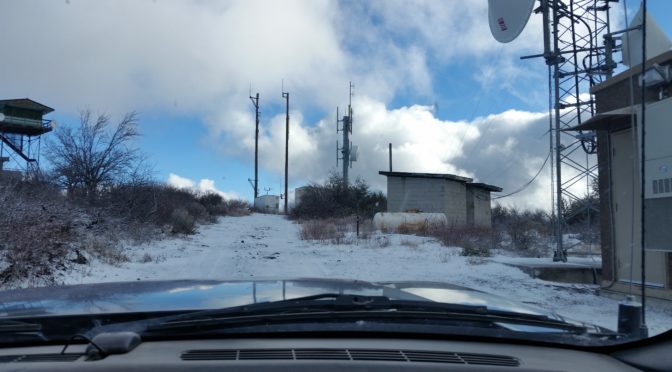
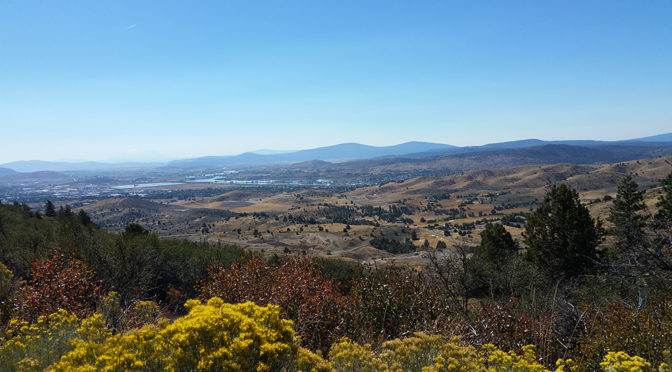
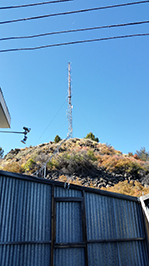
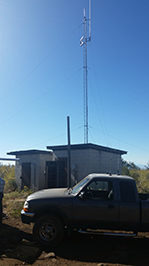 The local radio club is the
The local radio club is the  I have been in communication with the
I have been in communication with the 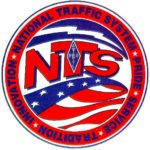 I have wanted to get involved with
I have wanted to get involved with 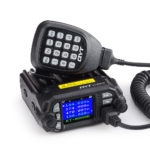 The mobile radio I have been using in the truck works very well, so it made sense to use the same radio for the base. This bumped me from a 5 watt HT up to 25 watts. The local net is running on a club repeater, and we do have a backup repeater as well and both have emergency power so 25 watts is fine for making contact throughout much of the southern part of the county.
The mobile radio I have been using in the truck works very well, so it made sense to use the same radio for the base. This bumped me from a 5 watt HT up to 25 watts. The local net is running on a club repeater, and we do have a backup repeater as well and both have emergency power so 25 watts is fine for making contact throughout much of the southern part of the county. The homebrew J-Pole I was using would be okay, but it was limited to the 2 meter band and some of the repeaters in the area are in the 70 centemeter band. I needed something with a wider bandwidth and dual-band. Enter the X50A.
The homebrew J-Pole I was using would be okay, but it was limited to the 2 meter band and some of the repeaters in the area are in the 70 centemeter band. I needed something with a wider bandwidth and dual-band. Enter the X50A.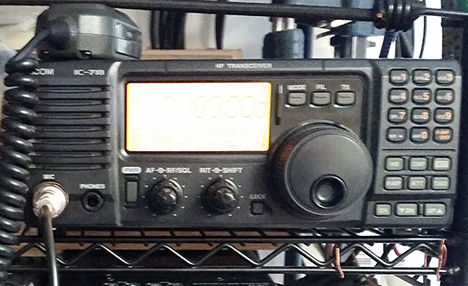 I mentioned the need for more power on HF. The solution that presented itself was an ICOM IC-718 that one of the club members wasn’t using and was willing to sell. The radio is rated to 100 watts which
I mentioned the need for more power on HF. The solution that presented itself was an ICOM IC-718 that one of the club members wasn’t using and was willing to sell. The radio is rated to 100 watts which The AV18VS is a nifty multi-band antenna that covers 10-80 meters. It uses a manually adjusted inductor to tune the various bands. Since the coil is at the base of the antenna, it’s not practical to get it way up in the air. In fact, it is intended to be used 3-5 feet above the ground. I have mine set at a little over 5 feet but it has a really good ground right under it.
The AV18VS is a nifty multi-band antenna that covers 10-80 meters. It uses a manually adjusted inductor to tune the various bands. Since the coil is at the base of the antenna, it’s not practical to get it way up in the air. In fact, it is intended to be used 3-5 feet above the ground. I have mine set at a little over 5 feet but it has a really good ground right under it.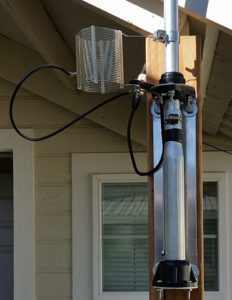
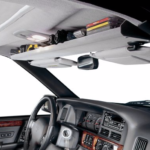
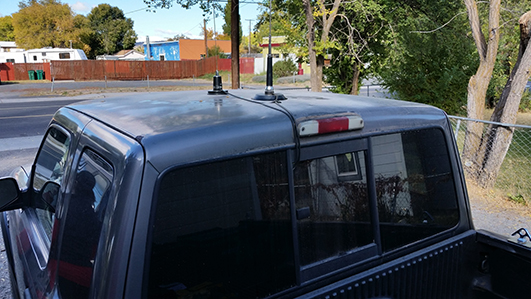
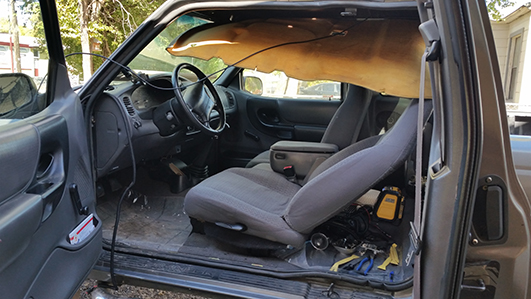
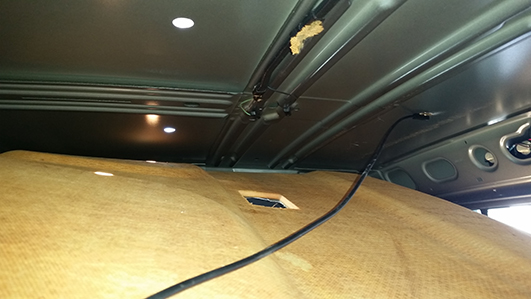
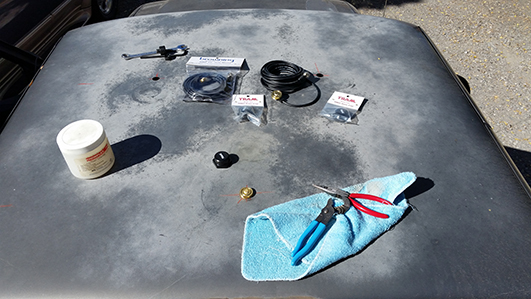
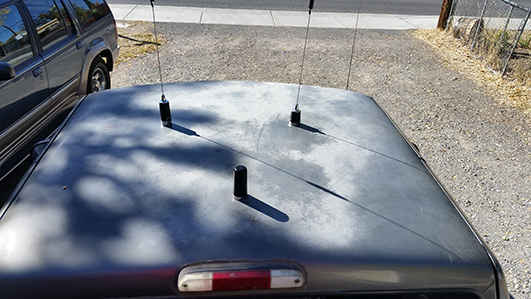
 My apologies for the blurry picture, the camera kept focusing on the near headliner. The radio on the left is the QYT KT-8900D and the one on the right is the Midland MXT400 GMRS. The mics and cords stow on the shelf and there is plenty of room for more radios. I used the holes in the headliner from the visor clips for cables coming out, power on the left just behind the GMRS radio and antenna cables just to the left of the center hump.
My apologies for the blurry picture, the camera kept focusing on the near headliner. The radio on the left is the QYT KT-8900D and the one on the right is the Midland MXT400 GMRS. The mics and cords stow on the shelf and there is plenty of room for more radios. I used the holes in the headliner from the visor clips for cables coming out, power on the left just behind the GMRS radio and antenna cables just to the left of the center hump.